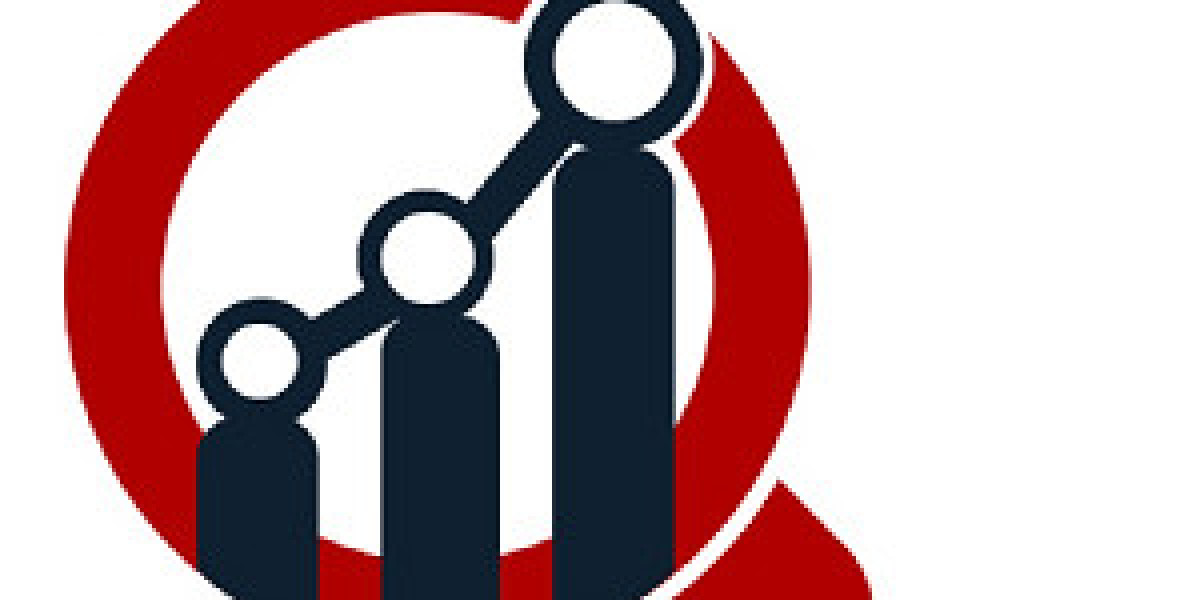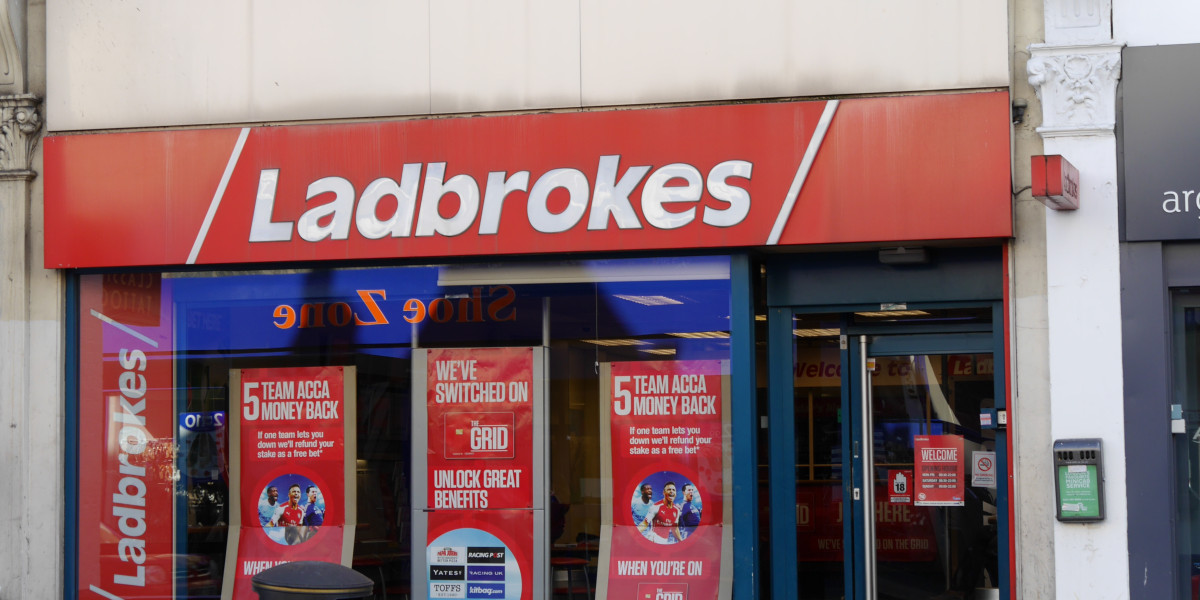The pipe insulation market has become a cornerstone of sustainable infrastructure development. With rising urbanization, industrial expansion, and an increasing focus on green construction, the demand for reliable insulation materials is accelerating globally. From maintaining fluid stability to lowering energy bills, pipe insulation offers a multitude of benefits. This blog takes a deep dive into how thermal insulation, energy efficiency, and modern HVAC systems are fueling the market while analyzing the strategies of leading pipe insulation suppliers and the impact of foam insulation price fluctuations.
Thermal Insulation: Protecting Pipelines and the Environment
The importance of thermal insulation in pipelines cannot be overstated. It prevents heat transfer, ensuring that fluids retain their intended temperatures. For hot water distribution, effective thermal insulation minimizes energy losses, while for chilled water, it prevents condensation that can damage building structures.
Industries such as power generation, petrochemicals, and food processing rely heavily on thermal insulation to maintain efficiency and safety. For instance, without proper insulation, steam pipes in a factory may lose heat, wasting energy and raising operational costs. As climate policies tighten, the adoption of advanced thermal insulation products is expected to expand further, making insulation not just a practical choice but also an environmental responsibility.
Energy Efficiency: The Driving Force Behind Growth
Globally, reducing carbon emissions and conserving resources are at the forefront of government and corporate agendas. Pipe insulation plays a critical role in boosting energy efficiency, making it a non-negotiable element in modern infrastructure.
By maintaining fluid temperature during transport, pipe insulation reduces the load on heating and cooling systems. For example, insulated hot water pipelines retain warmth longer, which directly enhances energy efficiency in both residential and commercial buildings. Similarly, industrial plants with insulated piping networks consume less energy overall, meeting regulatory standards while cutting costs.
With rising electricity prices, many businesses are looking at insulation as the most cost-effective solution to improve energy efficiency without large capital investments. As such, the market for pipe insulation is expanding in tandem with global green building initiatives.
HVAC Systems and Their Dependence on Pipe Insulation
The modern urban lifestyle is inseparable from HVAC systems, which provide heating, ventilation, and cooling across homes, offices, and factories. These systems, however, are only as efficient as the insulation that supports them.
Uninsulated pipes in HVAC systems lead to significant energy leakage, uneven temperature control, and increased electricity consumption. For example, air-conditioning pipes that lack insulation often develop condensation, which can damage ceilings or walls. Conversely, insulated heating pipes prevent unnecessary energy loss during winter.
Given these challenges, architects and engineers now design HVAC systems with insulation as a core requirement rather than an afterthought. This growing awareness is pushing the demand for advanced insulation materials, from fiberglass wraps to closed-cell foams. As building standards evolve, HVAC systems equipped with high-performance insulation are quickly becoming the global norm.
Pipe Insulation Suppliers: Innovating for Diverse Markets
The role of pipe insulation suppliers is crucial in addressing the diverse demands of industries and regions. Established players are investing heavily in research and development to deliver solutions that balance performance, sustainability, and cost-effectiveness.
Leading pipe insulation suppliers now offer customizable solutions for different sectors. In oil and gas, high-temperature insulation is vital, while in residential construction, lightweight foam solutions are preferred. Moreover, many pipe insulation suppliers are embracing green manufacturing, using recyclable materials to align with sustainability targets.
Global expansion is another key strategy. By setting up localized production units, pipe insulation suppliers are reducing supply chain costs and meeting regional demand effectively. This adaptability has enabled them to cater to booming markets such as Asia-Pacific while continuing to serve developed economies like North America and Europe.
Foam Insulation Price: Balancing Affordability and Performance
One of the most frequently discussed aspects of the industry is the foam insulation price. Foam-based insulation, especially polyurethane and polyethylene, is among the most widely used due to its affordability and versatility. However, fluctuations in the foam insulation price often impact buyer decisions.
Factors such as raw material availability, petrochemical costs, and global supply chain disruptions influence the foam insulation price. For instance, during periods of high oil prices, manufacturing foam products becomes more expensive, directly impacting consumers. Yet, despite short-term cost increases, foam remains highly competitive due to its superior thermal performance and ease of installation.
For project managers, the key is to evaluate both upfront expenses and long-term savings. Even if the foam insulation price is slightly higher, the energy savings it delivers often outweigh the initial costs over time.
HVAC Insulation: Central to Smart and Sustainable Buildings
The rise of smart cities and green building certifications has highlighted the significance of HVAC insulation. With stricter energy codes, effective HVAC insulation is no longer optional but a necessity to achieve compliance and efficiency.
By insulating air ducts and pipelines, HVAC insulation reduces heat gain and loss, leading to consistent indoor comfort. For commercial spaces such as shopping malls, hotels, and hospitals, well-planned HVAC insulation ensures stable temperatures while minimizing energy costs.
Furthermore, governments are offering incentives to promote HVAC insulation, including subsidies and tax rebates for buildings that meet green standards. This trend is expected to further accelerate adoption, particularly in emerging economies where energy demand is skyrocketing.
Future Outlook: Innovation and Sustainability
The future of the pipe insulation market lies in innovation. From nanotechnology-enabled foams to bio-based alternatives, companies are investing in sustainable products that provide both durability and high performance. Advanced thermal insulation solutions will play a key role in helping cities meet carbon reduction targets, while greater emphasis on energy efficiency will make insulation a standard across industries.
Additionally, as smart HVAC systems become more widespread, the demand for high-quality insulation will rise. This opens new opportunities for pipe insulation suppliers, particularly those who can deliver cost-effective products despite fluctuations in foam insulation price. The growing importance of HVAC insulation in energy-efficient building design further underscores the market’s bright future.
Conclusion
The pipe insulation market is poised for sustained growth, driven by global commitments to sustainability and cost reduction. Effective thermal insulation is no longer just about protecting pipelines; it is central to achieving environmental goals. At the same time, the focus on energy efficiency ensures that pipe insulation remains a top priority in both residential and industrial sectors.
From the rising adoption of advanced HVAC systems to the innovative strategies of pipe insulation suppliers, the industry is adapting to changing demands. Even with challenges like volatile foam insulation price trends, the long-term benefits outweigh the short-term costs. Ultimately, widespread HVAC insulation adoption will continue to define the next phase of market growth, shaping a future where energy conservation and sustainable development go hand in hand.



